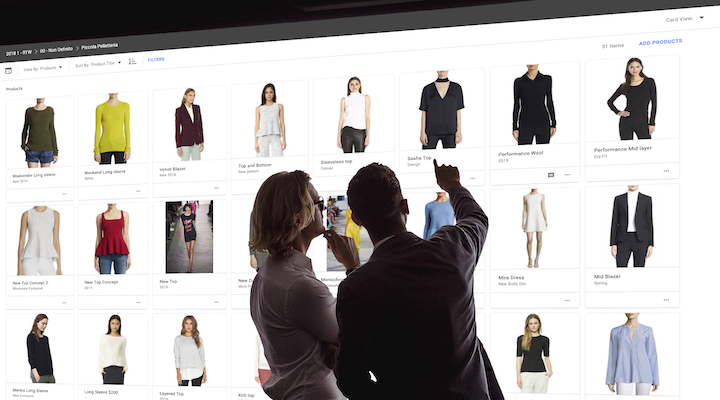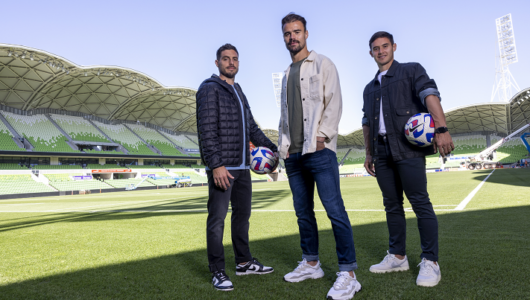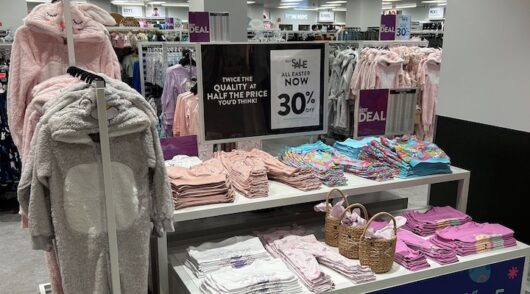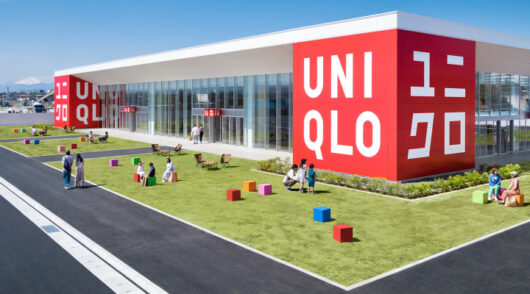As consumers constantly chase ‘the next best thing’ brands and retailers are realising more than ever the importance of accurately predicting demand and getting new products to market in as short a time as possible.
But many companies are using spreadsheets or are saddled with outdated legacy systems – often custom-made and almost impossible to integrate with other solutions and platforms used within the business. That leaves them handicapped in the race against competitors in the time it takes to respond to market trends and consumer demands.
As Graham Jones, sales director, Australia & New Zealand, at Centric Software, explains, such pressure can lead to costly decisions, made without accurate facts, a problem exacerbated by the error-prone practise of staff manually combing multiple spreadsheets and other sources of information and trying to pull together the information required to make decisions.
That challenge has drawn many companies to deploy a concept-to-customer solution like Centric Software’s end-to-end solution – including major multinational brands like Swarovski, Decathlon, Guess and Arc’teryx. Centric provides an end-to-end solution from product development to retail execution for retailers, manufacturers and consumer goods brands.
Centric’s flagship solution, Centric PLM, brings cost savings and efficiency by optimising product execution from ideation to development, sourcing and manufacture. Within the suite, Centric Visual Boards combines real-time data and imagery from multiple systems across the business into a singular accessible, visual workspace. They bring together expertise across cross-functional teams to bring optimal visibility into group decisions.
“Visual boards allow teams to make instant decisions on business-critical issues within the actual interface,” explains Jones. “By pulling all the data from PLM, PIM, Planning and ERP systems, including the sales performance of existing products, production estimates, and pricing models – and adding the visual representations of products from software like Adobe Illustrator and 3D modelling software – teams can collaborate to dramatically speed the time to market and create products and assortments that match demand.
“Visual Boards enable brands and retailers to exploit the potential of total digital transformation and remain future-ready in the face of market disruption.”
Jones says the typical planning and decision-making processes in product development are traditionally manual with multiple printed-out lookbooks featuring photos and sketches of designs, and meetings around a table where members of multiple teams discuss attributes and someone takes notes as decisions are made. Then a new lookbook will be created and shared based on those decisions – often without a record of the processes and decisions that led to that next design and range of sizes and colours.
“You end up with this very slow decision-making process, literally because of the manual effort required to put these books together and get people in the same room,” says Jones.
“Now, contrast that with a visual board where the information is brought directly out of the PLM. Everybody in the team, from anywhere in the world, can see the information on a computer screen and comment on the product, even as it is still being developed. They can see sketches, 3D mockups and all the information on colourways, sizes, recommended retail prices and even carryover styles from previous best-selling items that may be incorporated into the new design.”
With each decision recorded instantly, the decision-making process is shortened dramatically from weeks to just hours, he explains because by using the visual board, designers can come back with updates quickly, avoiding manual data entry.
How Swarovski cut time to market
Swarovski was using two legacy PLM platforms simultaneously on different sides of the business. Martin Buchbauer – head of brand operations marketing at Swarovski at the time, who this month joined Centric Software as director of customer success – recalls a highly complex challenge trying to connect those two systems and Swarovski’s ERP. “The company operated like this for a couple of years, but was not satisfied.”
Today, Centric PLM is used across all departments: marketing, product development, design, quality, manufacturing, sourcing, merchandising, controlling, and online. It is directly connected to Adobe Illustrator.
“Part of the group owns ideation and the whole process of developing the collections through to reaching the stores,” explains Buchbauer. “The other part of the group focuses on communications – developing, planning and creating the assets to promote the product.”
That communications team now has direct access to the data associated with the products to craft their messages.
Previously, Swarovski says its product marketing team was spending up to one and a half days creating visual displays to explain the business case for a new product. Since using Centric Visual Boards – part of Centric’s solution – that task has been cut to just 15 minutes at most. The time to market for a new product has been cut by 20 per cent.
Since Swarovski made the move, 93 per cent of its spreadsheets have been rendered redundant, and the time staff spend researching data, downloading files and preparing presentations is only about 2 per cent of that needed previously, which frees staff to focus on identifying more new products and executing plans rather than undertaking cumbersome analytical tasks.
Decathlon, the world’s largest sports retailer, is another multinational company to have selected Centric PLM and Centric Visual Boards to boost its digital transformation. The retailer was seeking an extended technology solution to support innovation and its impact initiatives at the same time as driving value across all of its product lines from apparel and footwear to sports equipment.
- Access Centric’s free e-book now to uncover the digital transformation stories of top brands like Mecca, Gymshark, PE Nation and Guess. Learn how they leverage end-to-end concept-to-customer solutions to accelerate time to market, ensure profitability, and drive long-term success.






